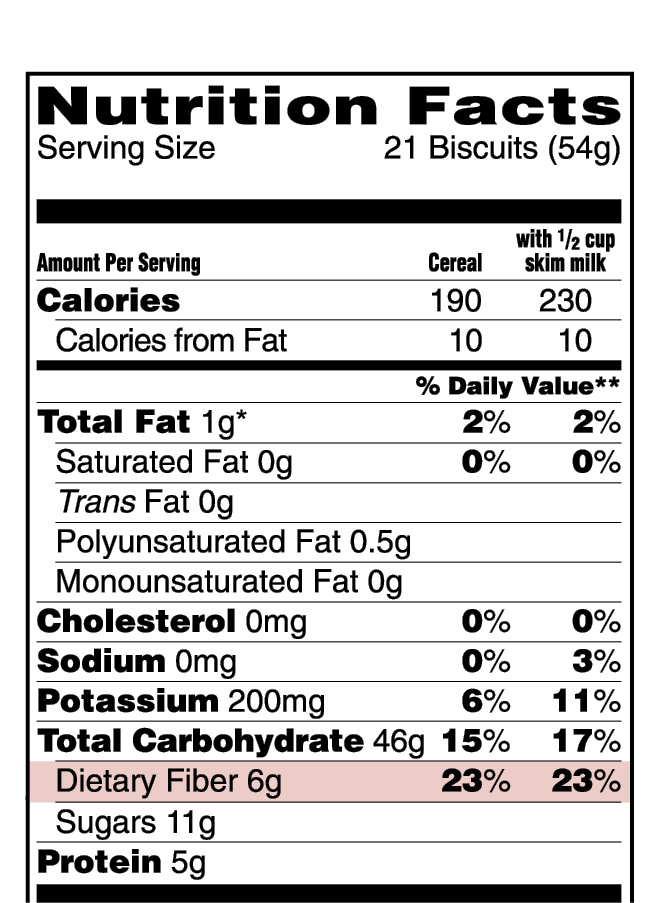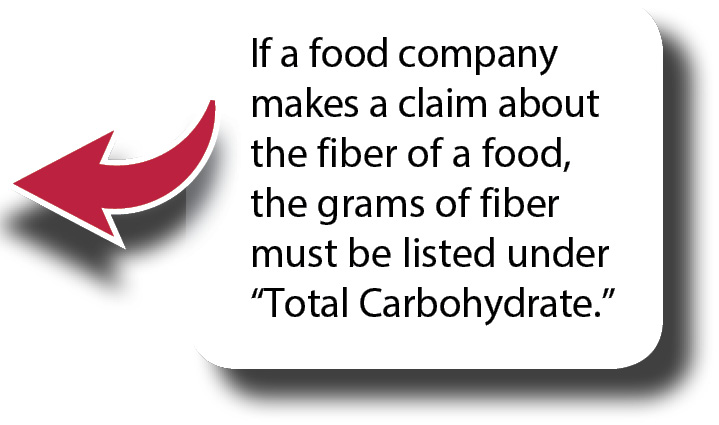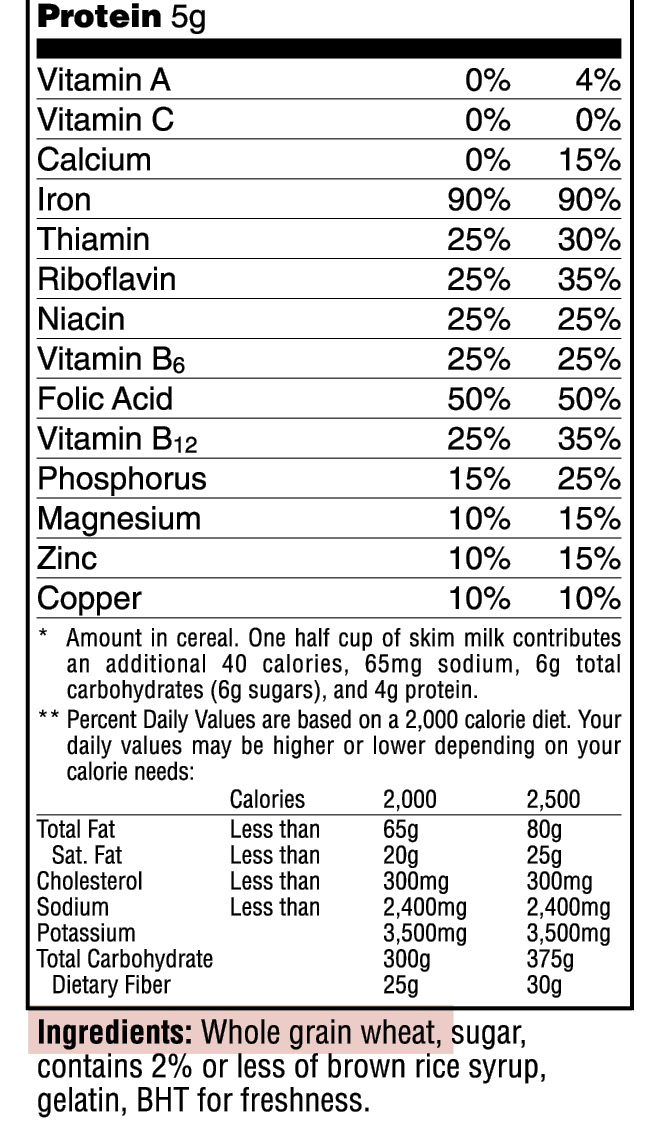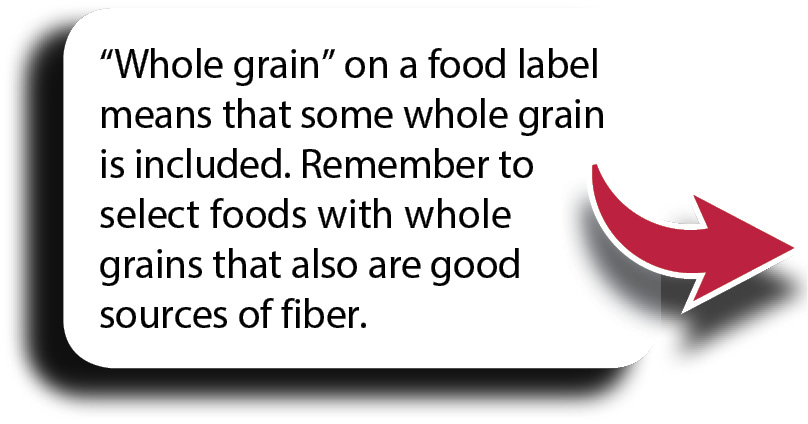Minerals: Calcium, Phosphorus, and Magnesium
Three minerals—calcium,
phosphorus, and magnesium—account for 98% of the body’s mineral content
by weight. Calcium and phosphorus play basic roles in countless
biochemical reactions at the cellular level. They are also the main
components of the skeleton, and without magnesium many metabolic
functions could not take place.
Phosphorus is in almost all animal and vegetable foods and is often found in foods that contain calcium. Milk and dairy products, fish bones (such as in canned salmon and sardines), and dark-green, leafy vegetables are the best sources of calcium. Magnesium, like phosphorus, is abundant in animal and plant cells.
Healthy children do not lack phosphorus and magnesium because these minerals are easily absorbed. By contrast, low calcium intakes are very common, especially among adolescent girls who shun milk and dairy foods to avoid fat calories. These girls risk osteoporosis, or thinning of the bones, starting as early as age 30. Nonfat milk, yogurt, and other dairy foods are excellent sources of calcium and do not add unwanted fat calories to the diet.
Mineral absorption is influenced by a number of factors, including certain hormones and vitamin levels. Infants absorb calcium more easily than adults do, and the rate of absorption is increased when other nutrients are around, including the milk sugar lactose, the amino acids lysine and arginine, and vitamin C (eg, calcium-fortified orange juice). Calcium absorption may be decreased by high dietary levels of phosphate, oxalate (in rhubarb and certain leafy green vegetables), or phytate compounds in fiber. Too much protein in the diet may increase the amount of calcium excreted in the urine and decrease the amount available for building bones.
Phosphorus is in almost all animal and vegetable foods and is often found in foods that contain calcium. Milk and dairy products, fish bones (such as in canned salmon and sardines), and dark-green, leafy vegetables are the best sources of calcium. Magnesium, like phosphorus, is abundant in animal and plant cells.
Healthy children do not lack phosphorus and magnesium because these minerals are easily absorbed. By contrast, low calcium intakes are very common, especially among adolescent girls who shun milk and dairy foods to avoid fat calories. These girls risk osteoporosis, or thinning of the bones, starting as early as age 30. Nonfat milk, yogurt, and other dairy foods are excellent sources of calcium and do not add unwanted fat calories to the diet.
Mineral absorption is influenced by a number of factors, including certain hormones and vitamin levels. Infants absorb calcium more easily than adults do, and the rate of absorption is increased when other nutrients are around, including the milk sugar lactose, the amino acids lysine and arginine, and vitamin C (eg, calcium-fortified orange juice). Calcium absorption may be decreased by high dietary levels of phosphate, oxalate (in rhubarb and certain leafy green vegetables), or phytate compounds in fiber. Too much protein in the diet may increase the amount of calcium excreted in the urine and decrease the amount available for building bones.

 Nutrition
Facts can tell you all about the nutrients and ingredients in a food.
Nutrition Facts can help you choose foods that provide the nutrition
that’s right for you, including fiber. Dietary fiber is a nutrient listed under “Total Carbohydrate” on the Nutrition Facts.
Nutrition
Facts can tell you all about the nutrients and ingredients in a food.
Nutrition Facts can help you choose foods that provide the nutrition
that’s right for you, including fiber. Dietary fiber is a nutrient listed under “Total Carbohydrate” on the Nutrition Facts.

